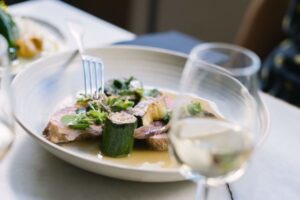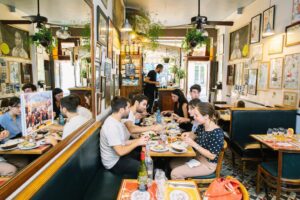Last Updated on December 19, 2025 by Emma Fajcz | Published: August 20, 2019
It seems like an easy task: ordering a coffee. But as with many things in France, there’s a right and a wrong way.
French coffee culture is guided by a number of spoken and unspoken rules. There’s the somewhat confusing nomenclature, unique coffee shop dynamics and a strong tendency toward over-caffeination.
As a visitor to France, however, ordering a coffee like you know what you’re doing is one of the best ways to win you brownie points with cantankerous waiters, help you fit in and, of course, keep you awake while you travel. Here are a few tips on how to order coffee in French to get you started.
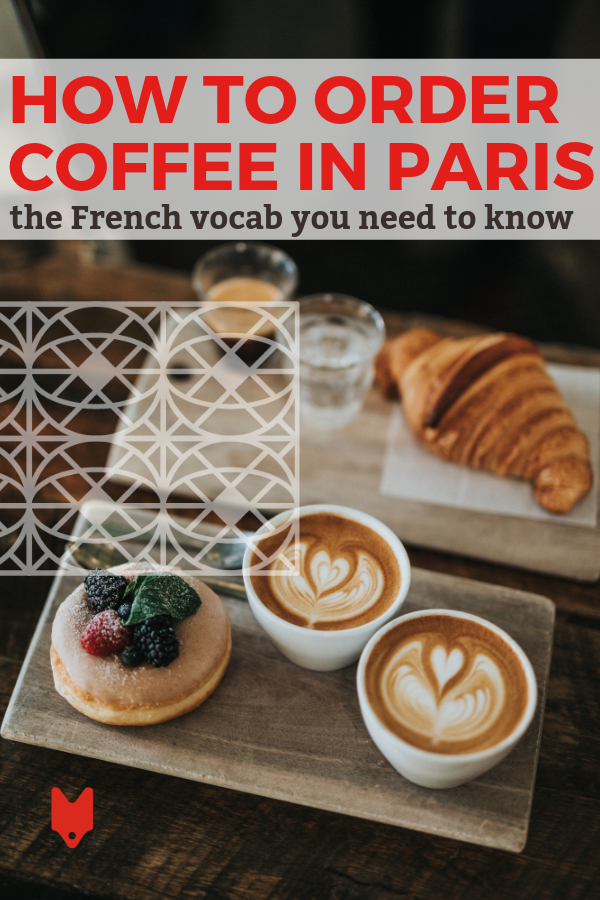
What to Order in a Paris Café
First of all, you’ll want to make sure you’re getting the right drink. Watch out because the French language might try to trip you up along the way!
In France, if you order a café, you can expect a small espresso. If you’re looking for a larger mug of coffee, that’s cafe filtre—and as it’s mainly popular with the tourist crowd, you won’t find it many places outside of Starbucks!
A noisette, which means hazelnut, is also somewhat of a misnomer. It’s not a hazelnut-flavored brew, but rather a hazelnut-colored one. In other words, a noisette is a cortado—mostly espresso with just a splash of milk.
For an americano (espresso with water added), think again before calling it an américain. Usually, this type of espresso is called a café allongé.
You thought café crème meant coffee with cream? Try again! A café crème, often shortened to simply crème, is an espresso with milk—or what many would typically refer to as a café au lait. As the Youtuber Comme une Francaise explains in this video, the French don’t refer to a coffee with milk as a café au lait, saving that term for a coffee with milk consumed at home.
Confusing, right? The takeaway is this: if you want a coffee with milk, order a café crème to sound like a local.
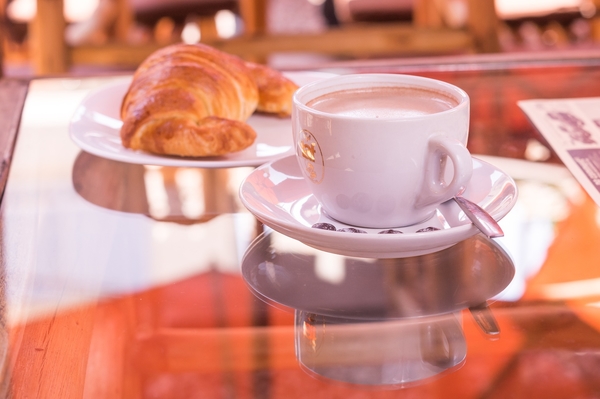
For the best deal, go to the comptoir.
This isn’t universally the case, but in many typical French cafes, your shot of espresso will be significantly cheaper if you order it at the bar, or comptoir. Doing this will also give you a chance to talk to the waiter and hang with the regulars. Grab your morning copy of Le Monde and give it a shot.
How “serré” do you want your coffee?
French coffee is pretty strong to begin with—although many Italians will tell you otherwise. But if you want your espresso to be especially small and strong, ask for it to be serré (tight), or even bien serré (very tight). This language refers to how tightly the barista twists the lever on the machine when he or she makes your coffee. If you want a less strong coffee, you can ask for pas trop serré (not too tight).
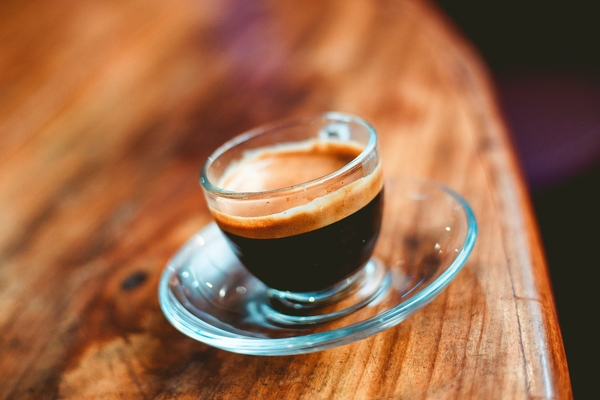
Don’t ask for takeaway coffee in Paris
Part of the joy of drinking coffee in France is the experience of sitting in a cafe to enjoy it. It’s rare to see a French person ask for a coffee to-go, or a emporter. This means that if you’re in a rush, your options are limited.
For the most part, French cafes don’t carry to-go cups, but you will notice that in many places—the metro, administrative buildings, schools and so on—you can get a coffee out of a machine (basically a coffee vending machine). These coffees are not top notch, but they help in a bind. Increasingly, coffee chains like Columbus Cafe, La Croissanterie and others also carry coffees for the road, but, again, takeaway culture is just not the norm in France.
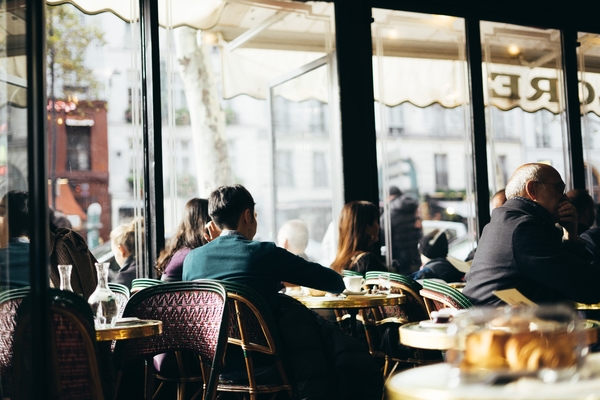
Explore Paris’ Cuisine Like a Local
Join one of our top-rated Paris food tours! With the help of our expert local guides, you’ll get to taste the best of the City of Light and learn about its fascinating culinary history.
